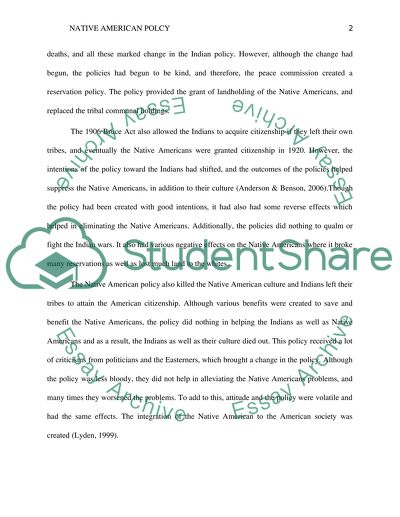Cite this document
(“Native American Policy Research Paper Example | Topics and Well Written Essays - 1250 words”, n.d.)
Retrieved de https://studentshare.org/law/1391973-native-american-policy
Retrieved de https://studentshare.org/law/1391973-native-american-policy
(Native American Policy Research Paper Example | Topics and Well Written Essays - 1250 Words)
https://studentshare.org/law/1391973-native-american-policy.
https://studentshare.org/law/1391973-native-american-policy.
“Native American Policy Research Paper Example | Topics and Well Written Essays - 1250 Words”, n.d. https://studentshare.org/law/1391973-native-american-policy.


